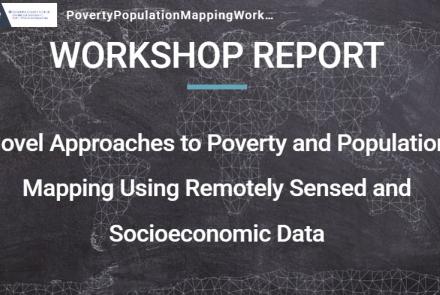Mapping Population Distribution with High Spatiotemporal Resolution in Beijing Using Baidu Heat Map Data
Abstract: Population distribution data with high spatiotemporal resolution are of significant value and fundamental to many application areas, such as public health, urban planning, environmental change, and disaster management. However, such data are still not widely available due to the limited knowledge of complex human activity patterns. The emergence of location-based service big data provides additional opportunities to solve this problem. In this study, we integrated ambient population data, nighttime light data, and building volume data; innovatively proposed a spatial downscaling framework for Baidu heat map data during work time and sleep time; and mapped the population distribution with high spatiotemporal resolution (i.e., hourly, 100 m) in Beijing. Finally, we validated the generated population distribution maps with high spatiotemporal resolution using the highest-quality validation data (i.e., mobile signaling data). The relevant results indicate that our proposed spatial downscaling framework for both work time and sleep time has high accuracy, that the distribution of the population in Beijing on a regular weekday shows “centripetal centralization at daytime, centrifugal dispersion at night” spatiotemporal variation characteristics, that the interaction between the purpose of residents’ activities and the spatial functional differences leads to the spatiotemporal evolution of the population distribution, and that China’s “surgical control and dynamic zero COVID-19” epidemic policy was strongly implemented. In addition, our proposed spatial downscaling framework can be transferred to other regions, which is of value for governmental emergency measures and for studies about human risks to environmental issues.







